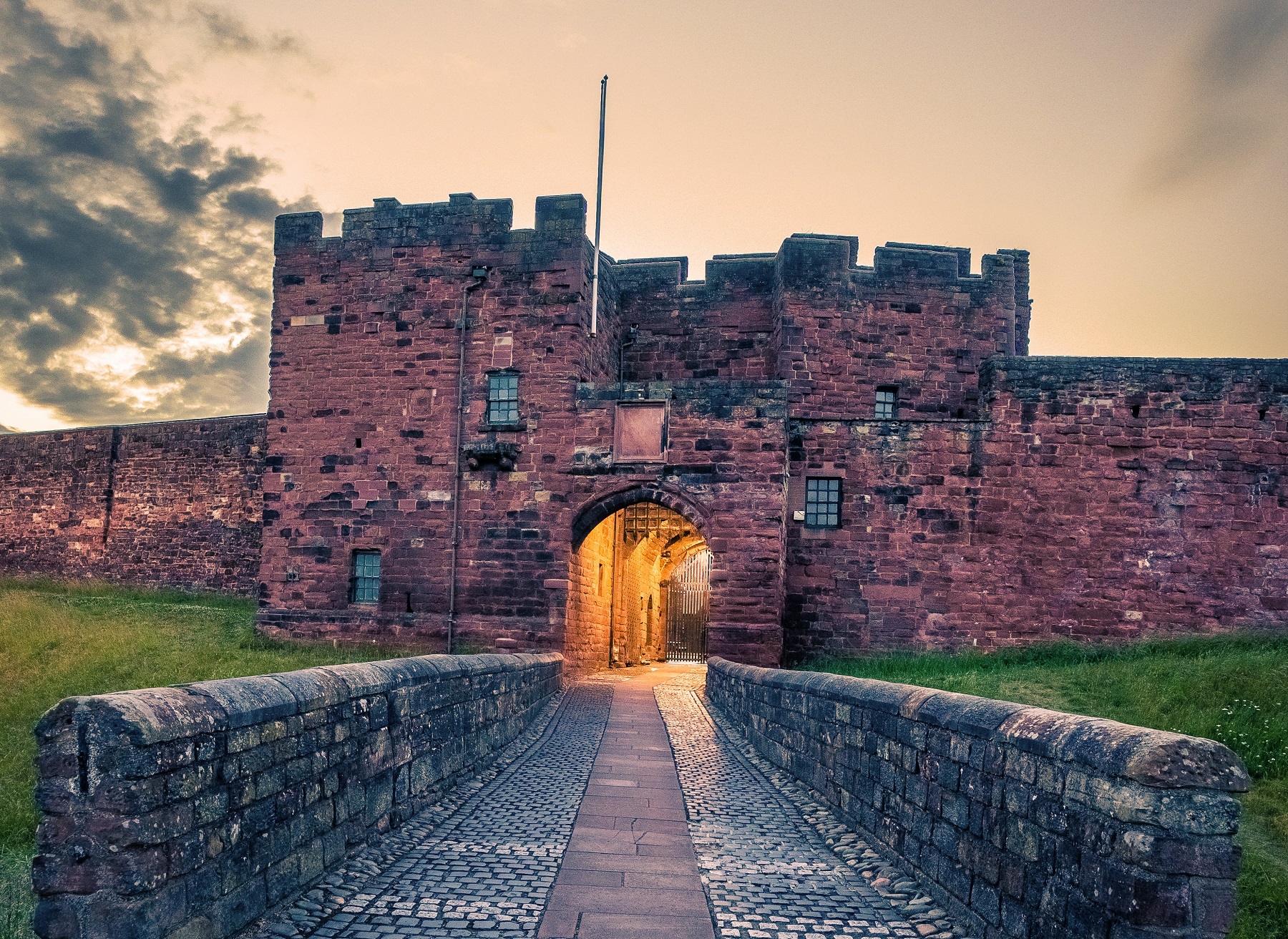Quick search
CTRL+K
Quick search
CTRL+K

Glasgow is the largest city in Scotland and is located on the banks of the River Clyde. The city is already known from the 6th century, when it was an important religious center. Glasgow also became a bishop’s seat, but for several centuries there was no major settlement here. In 1175, Glasgow City Court was held, and this event paced the city’s development. A few centuries later, Glasgow gained a university in 1451, and the city became an archbishopric in 1492.
However, only around 1,500 inhabitants lived here in the 15th century, and the town did not boom before the 18th century. Here the city became a hub for trade with North America with a major river port along the Clyde. The cotton industry grew large in the 19th century, where shipyards and machine industry also caused prosperity in the city. In 1896, the Glasgow Subway opened as the fourth subway in the world, and through the end of the 20th century, the city’s industrial character changed to many new workplaces in e.g. the financial sector and tourism.
Today, Glasgow is a modern cultural city with a rich selection of museums, activities and modern architecture, and of course you can also see many historical sites in the city. A good place to start the visit is George Square, located in the center of Glasgow. The square is dominated by the 25-meter-high statue of Sir Walter Scott, but there are also other statues of famous Scots.
On the square you can see the City Chambers town hall as well, which was built in 1888 in an elegant Renaissance style with beautiful reception rooms and halls. From George Square you can easily walk around Glasgow’s cozy side streets and enjoy the atmosphere. Another way to get around the city is with the old Glasgow Subway, and if you want to see an original carriage from 1896, you can visit the Riverside Museum, which is a great transport museum.
Glasgow also offers a lot of interesting museums where you can enjoy something for every taste and interest. Here are several art museums such as the Burrell Collection with more than 9,000 works and objects that were collected by Sir William Burrell and his wife Lady Constance Burrell. Here are works by, among others, Degas and Cézanne, as well as art from ancient China, Greece, Egypt and Rome.
At Kelvingrove Art Gallery and Museum you can explore one of the country’s finest art collections as well as several other exhibitions, and this is one of Scotland’s most well-known and visited museums. You can also visit the Gallery of Modern Art, located in the beautiful neoclassical building, Stirling Library, where you can see both Scottish and international art. Other interesting museums are Provand’s Lordship, located in the city’s oldest house from 1471 and showing furnishings from the 16th-19th centuries.
You should also see the Glasgow Cathedral, which was founded around the year 1200 and built over a period of almost 300 years. At the Scottish Reformation, the church was preserved as it had quickly become a Protestant church. The first church on the site was built by the town’s patron saint in 543. It was Saint Mungo, and you can see his tombstone in the crypt of the current cathedral.
In the beautiful interior of the cathedral, you can see many beautiful details such as the glass mosaics that were produced in the last half of the 20th century. You can continue to St. Mungo Museum of Religious Life and Art, which tells the story of the world’s religions through e.g. many beautiful works of art. The museum is housed in a building made of boulders, located on the site of the medieval residence of the city’s bishops.

Edinburgh is Scotland’s old and charming capital, where chill and bagpipe music is seen and heard in the streets. Sandstone buildings, the cozy Old Town, The Royal Mile, breathtaking views from the hills in or near the center and stunningly beautiful surroundings are just some of the other things that come with a visit to the Scottish city.
Literally, Edinburgh Castle is the highlight of the city, with its dramatic location at the top of a cliff top right in the city center. The castle is the center of the city and also the center of the city’s famous tattoo. From Edinburgh Castle, the famous Royal Mile extends east to the Holyroodhouse Castle, and there are countless sights along the mile. Old churches and typical Scottish houses are abundant here.

Carlisle is a city in Cumbria in north-west England. Settlement in the Carlisle area dates to the time before the Roman conquest of England. The Romans established the city of Luguvalium, and they built a fort here in the year 73. A few years later a garrison was stationed in the strategically important city. In year 122, Hadrian visited the area, and at that time Hadrian’s Wall was built as a defense to the north. More soldiers arrived, and the Romans were in the city until the end of the third century.

Similar to Glasgow Travel Guide
